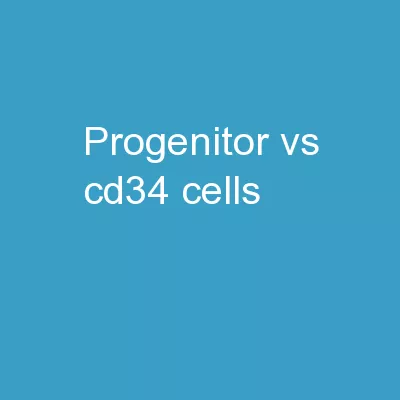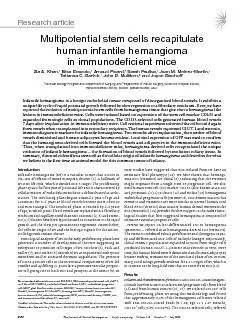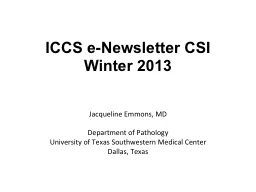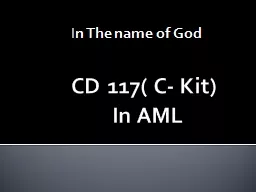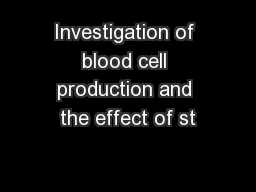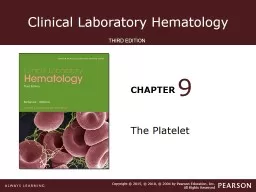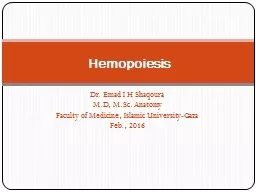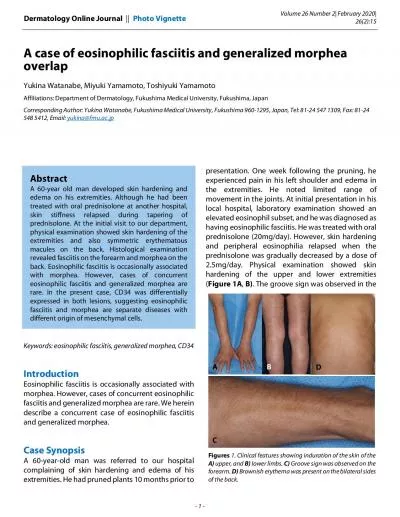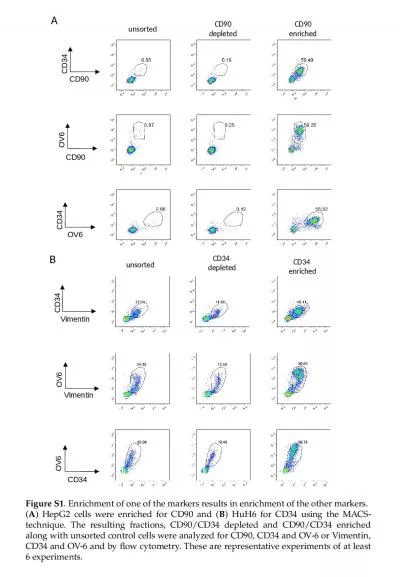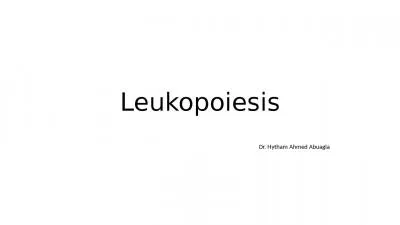PPT-Progenitor vs.CD34+ Cells
Author : AstarteBio | Published Date : 2019-02-21
Key similarities and differences between two stem cell types progenitor cells and CD34 cells More here httpsastartebiocomblogaskascientistprogenitorvscd34cells
Presentation Embed Code
Download Presentation
Download Presentation The PPT/PDF document "Progenitor vs.CD34+ Cells" is the property of its rightful owner. Permission is granted to download and print the materials on this website for personal, non-commercial use only, and to display it on your personal computer provided you do not modify the materials and that you retain all copyright notices contained in the materials. By downloading content from our website, you accept the terms of this agreement.
Progenitor vs.CD34+ Cells: Transcript
Download Rules Of Document
"Progenitor vs.CD34+ Cells"The content belongs to its owner. You may download and print it for personal use, without modification, and keep all copyright notices. By downloading, you agree to these terms.
Related Documents

